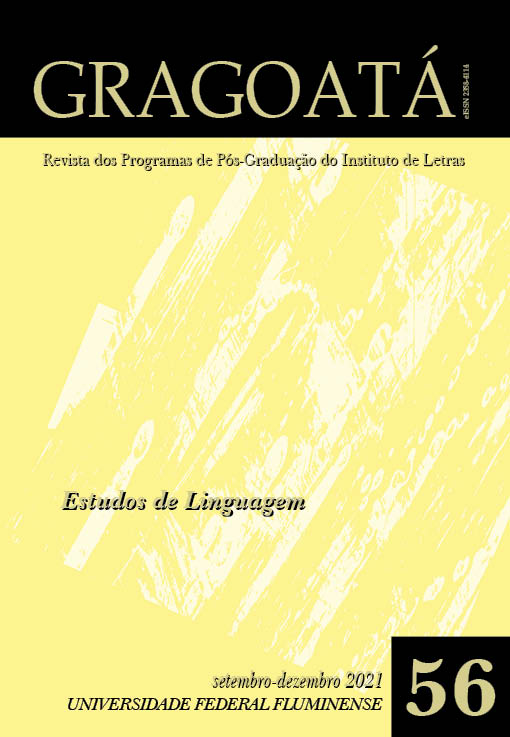Educação de saias coloridas: aprender espanhol com mulheres da América Latina
DOI:
https://doi.org/10.22409/gragoata.v26i56.48706Palavras-chave:
Espanhol. Currículo. Interculturalidade. América Latina.Resumo
Minha proposta é discutir a base para a organização de um currículo intercultural para línguas estrangeiras, em especial para o espanhol. Dentre tantos aspectos relevantes, interessa-me incluir o atravessamento de gênero e de raça que afetam, particularmente, as variantes culturais latino-americanas. Ressalto que sempre houve a presença de muitas mulheres na educação de nosso continente, embora a maior visibilidade tenha sido dada aos homens, algumas vezes de maneira muito justa, como é o caso de Paulo Freire, Anísio Teixeira e Florestan Fernandes. No entanto, precisamos colocar saias na educação, destacando categorias e nomes como Catherine Walsh (2005), com quem compartilho a concepção de Interculturalidade; Ana Pizarro (2004), que me ajuda a definir a América Latina como espaço cultural; Nilma Lino Gomes (2012), Ana Lúcia Silva Souza (2016) e Silvia Rivera Cusicanqui (2010a, 2010b), que alertam para a necessidade de os currículos se aterem às relações étnico-raciais. Esclareço que não tenho a pretensão de defender nenhum discurso excludente, mas pensar numa educação que se paute em discursos de mulheres que sejam interculturais ou descoloniais.
Downloads
Downloads
Publicado
Edição
Seção
Licença
AUTORIZAÇÃO
Autores que publicam em Gragoatá concordam com os seguintes termos:
Os autores mantêm os direitos e cedem à revista o direito à primeira publicação, simultaneamente submetido a uma licença Creative Commons Atribuição 4.0 Internacional (CC BY 4.0), que permite o compartilhamento por terceiros com a devida menção ao autor e à primeira publicação pela Gragoatá.
Os autores podem entrar em acordos contratuais adicionais e separados para a distribuição não exclusiva da versão publicada da obra (por exemplo, postá-la em um repositório institucional ou publicá-la em um livro), com o reconhecimento de sua publicação inicial na Gragoatá.
A Gragoatá utiliza uma Licença Creative Commons - Atribuição CC BY 4.0 Internacional.











